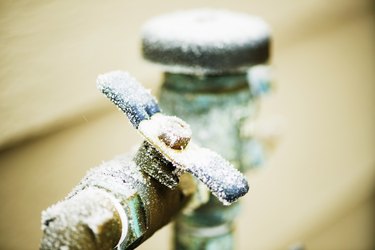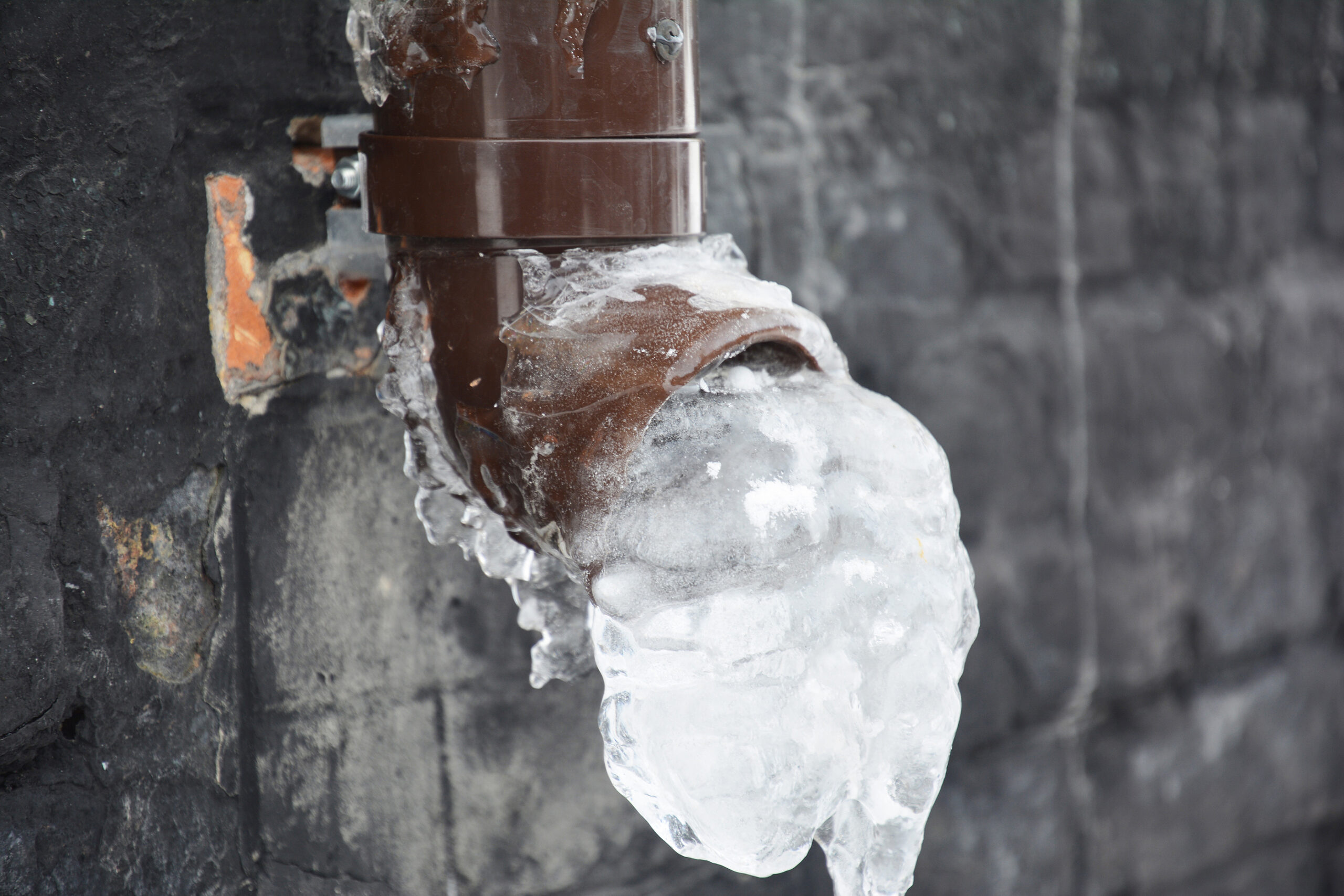How to Protect Your Plumbing from Freezing: Key Advice
How to Protect Your Plumbing from Freezing: Key Advice
Blog Article
The content which follows involving Helpful Tips to Prevent Frozen Pipes this Winter is incredibly informative. Give it a try and make your own ideas.

Cold weather can ruin your plumbing, especially by freezing pipes. Below's how to stop it from occurring and what to do if it does.
Introduction
As temperature levels drop, the threat of icy pipes rises, possibly leading to costly repairs and water damages. Recognizing exactly how to stop icy pipelines is important for house owners in chilly climates.
Avoidance Tips
Insulating vulnerable pipelines
Cover pipes in insulation sleeves or use warm tape to shield them from freezing temperature levels. Concentrate on pipelines in unheated or exterior locations of the home.
Home heating strategies
Maintain interior spaces sufficiently heated up, especially areas with pipes. Open closet doors to permit warm air to circulate around pipes under sinks.
Exactly how to recognize frozen pipelines
Try to find reduced water flow from faucets, unusual smells or noises from pipelines, and noticeable frost on revealed pipes.
Long-Term Solutions
Architectural changes
Consider rerouting pipelines far from exterior walls or unheated areas. Add extra insulation to attic rooms, cellars, and crawl spaces.
Updating insulation
Purchase top notch insulation for pipelines, attic rooms, and walls. Proper insulation helps keep constant temperature levels and reduces the danger of frozen pipes.
Safeguarding Outdoor Plumbing
Yard tubes and exterior taps
Detach and drain yard pipes prior to winter months. Set up frost-proof faucets or cover outside taps with protected caps.
Recognizing Frozen Pipes
What causes pipes to freeze?
Pipelines ice up when revealed to temperatures listed below 32 ° F (0 ° C) for expanded durations. As water inside the pipelines freezes, it broadens, taxing the pipe wall surfaces and possibly creating them to burst.
Dangers and problems
Frozen pipelines can bring about water supply disruptions, residential property damages, and expensive fixings. Ruptured pipes can flooding homes and trigger considerable architectural damage.
Signs of Frozen Piping
Determining icy pipes early can stop them from rupturing.
What to Do If Your Pipes Freeze
Immediate actions to take
If you suspect icy pipelines, maintain faucets available to soothe pressure as the ice melts. Utilize a hairdryer or towels taken in hot water to thaw pipes gradually.
Final thought
Avoiding frozen pipelines calls for aggressive steps and quick responses. By comprehending the causes, signs, and safety nets, property owners can safeguard their pipes throughout winter.
6 Proven Ways to Prevent Frozen Pipes and Protect Your Home
Disconnect and Drain Garden Hoses
Before winter arrives, start by disconnecting your garden hoses and draining any remaining water. Close the shut-off valves that supply outdoor hose bibs and leave the outdoor faucet open to allow any residual water to drain. For extra protection, consider using faucet covers throughout the colder months. It’s also important to drain water from any sprinkler supply lines following the manufacturer’s directions.
Insulate Exposed Pipes
Insulating your pipes is an effective way to prevent freezing. Pipe insulation is readily available at home improvement stores and is relatively inexpensive. Pay close attention to pipes in unheated areas such as the attic, basement, crawl spaces, or garage. Apply foam insulation generously to create a buffer against the cold. You can also wrap your pipes in heat tape or thermostat-controlled heat cables for added warmth.
Seal Air Leaks
Inspect your home for any cracks or openings that could let in cold air. Seal any holes around the piping in interior or exterior walls, as well as the sill plates where your home rests on its foundation. Additionally, make sure to keep your garage door closed unless you’re entering or exiting. Leaving it open creates a significant air leak that can lead to frozen pipes.
Allow Warm Air Circulation
During cold snaps, it’s essential to allow warm air to circulate evenly throughout your home. Leave interior doors ajar to promote better airflow. Open kitchen and bathroom cabinets to help distribute heat consistently around the rooms. If you have small children or pets, be sure to remove any household chemicals or potentially harmful cleaners from open cabinets for safety.
Let Faucets Drip
A small trickle of water can make a big difference in preventing ice formation inside your pipes. When temperatures drop significantly, start a drip of water from all faucets served by exposed pipes. This continuous flow helps prevent the water from freezing. Additionally, running a few faucets slightly can relieve pressure inside the pipes, reducing the chances of a rupture if the water inside does freeze.
https://choateshvac.com/6-proven-ways-to-prevent-frozen-pipes-and-protect-your-home/

As a serious reader about Helpful Tips to Prevent Frozen Pipes this Winter, I assumed sharing that chunk was worth the trouble. In case you liked our blog posting kindly don't forget to share it. Thanks a bunch for your time. Revisit us soon.
Get Started Report this page